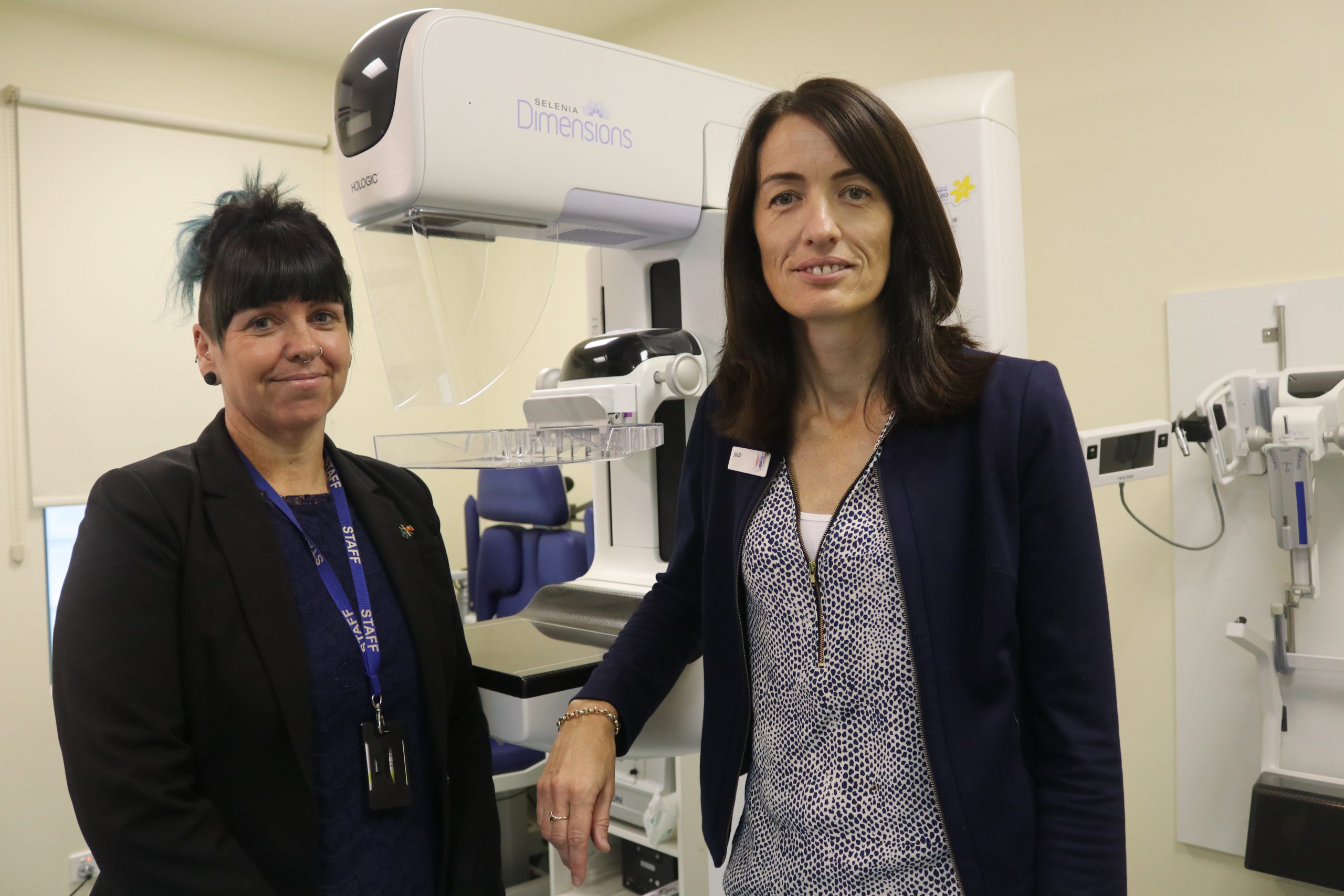Breast screening rates in the Latrobe Valley were below the state average and local health professionals have urged more women over 50 to get regular mammograms.
Gippsland Breast Screen manager Julie Foat said only 52 per cent, or one-in-three women particularly in Moe, Morwell and Churchill, were having regular checks.
“This is 5500 women not taking up the opportunity for a free breast screen,” she said.
Ms Foat said women between 50 and 74 should be screened every two years to catch any potential problem early.
She said 75 per cent of women diagnosed with breast cancer were over 50, however, women over 40 should also be booking in for a free mammogram.
“The highest risk factor is age. While women with a strong family history of breast cancer have a higher than average risk, nine out of 10 women have no family history of the disease,” she said.
“In the younger age groups, the breast is more dense and harder to pick up any abnormalities in an image. It’s easier to detect lesions or abnormalities in an image with women over 50.”
Traralgon woman Nik Le Sage had just turned 40 when she was diagnosed with a lesion after being screened at a mobile screening service at Ramahyuck last November.
“I saw the bus parked at Ramahyuck in Morwell. I was with a few elders who were a bit nervous, so I said I would go in first and then you can go in,” she said.
“I was called back for a biopsy, they had found a lesion that could not be felt, it was only seen in a mammogram. It was a bit of a shock. Hearing this was a huge fright.”
Ms Le Sage had a section of her breast removed, followed up by regular screenings to keep an eye on it but said she was now feeling great.
“The scar is quite big, they took a fair chunk off my breast, but the care factor is none, so long as I’m healthy,” she said.
Gippsland Primary Health Network chief executive Marianne Shearer said early detection was crucial.
“It makes a huge difference and could mean the difference between life and death,” she said.
She said some of the factors behind low screening rates in the Latrobe Valley included a lack of public transport to the Traralgon breast screen centre, as well as cultural factors.
“People may not quite understand the importance of the screen or they may find it difficult to communicate,” she said. “We know that in the Indigenous community, they are less likely to get their screen done, and people who come from different cultural backgrounds, we want to reach these communities.”











